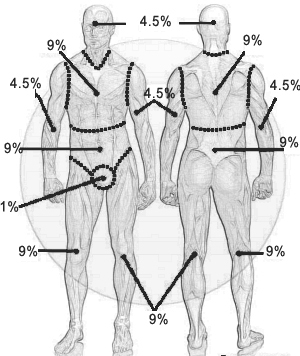Medicine & Health Care |Register|Sign in|Customization
|Register|Sign in|Customization

- Body Surface Area Calculator

- Medical Measurement Converter
- Calculating Concentration
- International Unit Converter
- Blood Alcohol Content Calculator
- CBC Test Explanation & Calculation
- Blood Chemistry Test Explanation & Calculation
- Liver Function Test Explanation & Calculation
- Blood Sugar Conversion
- Hemoglobin Calculator
- Cholesterol Calculator
- BP Conversion & Calculator
- Blood Type Calculator
- Heart Rate Calculator
- Heart Attack Risk Calculator
- Height Prediction Calculator
- Growth Chart Percentiles Calculator
- Tall Converter
- GFR Calculator
- CCR Calculator
- RFI Calculator
- Ideal Body Weight Calculator
- BMI Calculator
- BMR & RMR Calculator
- Calorie Intake Calculator
- Carb Calculator
- Body Fat Calculator
- Fat Calculator
- Waist to Hip Ratio Calculator
- Ideal Body Size Calculator
- Schedule Chart for Prenatal Visits
- Women Physiological Cycle
- HCG & Progesterone Calculator
- Pediatric Dosing Calculator
- Age Calculator
- Calorie and Nutrition Chart
- Foods for Healthy Diet
- Glycemic Index Chart
- Molar Mass Calculator














